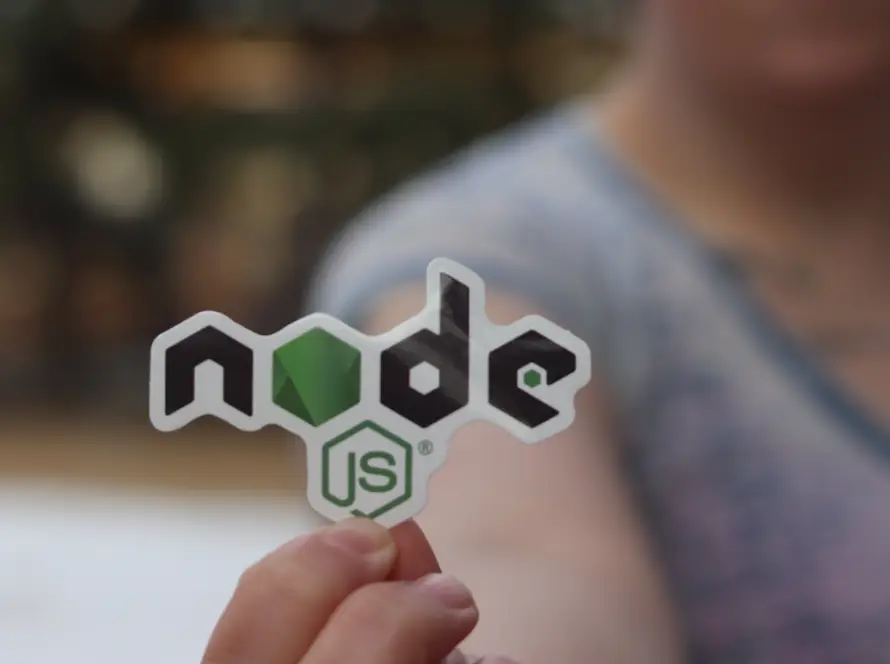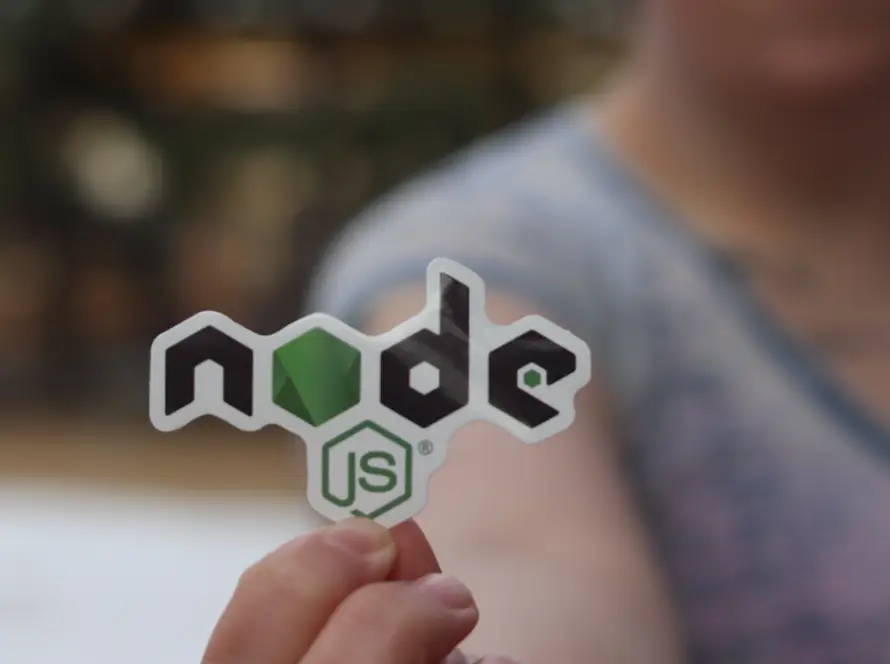Generated by Contentify AI
- Introduction
- What is GraphQL?
- Benefits of Using GraphQL with Node.js
- Setting up GraphQL with Node.js
- Queries and Mutations in GraphQL with Node.js
- Handling Authentication and Authorization with GraphQL and Node.js
- Performance Considerations and Best Practices
- Real-world Examples and Use Cases
- Conclusion

Introduction
GraphQL” target=”_blank”>GraphQL is a query language for APIs that provides a more efficient, powerful, and flexible alternative to REST. When combined with Node.js, GraphQL becomes even more potent, allowing developers to create efficient APIs and deliver data in a more personalized and streamlined manner. This introduction will provide an overview of using GraphQL with Node.js and the benefits it offers, as well as practical insights for setting up, querying, and managing authentication and performance considerations.
What is GraphQL?
GraphQL is a powerful query language for APIs that provides a more efficient, powerful, and flexible alternative to REST. When used with Node.js, GraphQL becomes even more potent, allowing developers to create efficient APIs and deliver data in a more personalized and streamlined manner. This introduction will provide an overview of using GraphQL with Node.js and the benefits it offers, as well as practical insights for setting up, querying, and managing authentication and performance considerations.
Benefits of Using GraphQL with Node.js
When using GraphQL with Node.js, developers can benefit from its flexibility and efficiency. With GraphQL’s ability to retrieve exactly the data needed, there is reduced under-fetching” target=”_blank”>over-fetching and under-fetching of data. This leads to improved performance and a better user experience. Additionally, GraphQL’s strong type system provides clear expectations for the data being requested and reduces the need for additional documentation. These benefits make GraphQL a powerful tool when used in conjunction with Node.js for building efficient and scalable APIs.
Setting up GraphQL with Node.js
When setting up GraphQL” target=”_blank”>GraphQL with Node.js, developers typically use libraries such as Apollo Server or express-graphql” target=”_blank”>express-graphql to integrate GraphQL into their Node.js applications. These libraries provide the necessary tools to define the schema, set up resolvers, and handle incoming GraphQL queries and mutations. By configuring the server to use GraphQL middleware and defining the schema, developers can quickly start utilizing the power of GraphQL in their Node.js applications. This allows for a more efficient and organized way of defining the API structure and handling data requests.
Queries and Mutations in GraphQL with Node.js
GraphQL is a powerful query language for APIs and a runtime for executing those queries with existing data. When combined with Node.js, GraphQL provides a flexible and efficient way to interact with data. In a Node.js application, developers can set up GraphQL using libraries such as Apollo Server or express-graphql, which offer tools to define schemas, set up resolvers, and handle incoming queries and mutations. This integration allows for a more organized and efficient approach to defining API structures and handling data requests, making it a valuable addition to Node.js applications.
Handling Authentication and Authorization with GraphQL and Node.js
When incorporating GraphQL with Node.js, developers can leverage its flexibility and efficiency. By using GraphQL’s ability to retrieve precise data, there is a reduction in over-fetching and under-fetching, leading to improved performance and enhanced user experience. Furthermore, GraphQL’s strong type system sets clear expectations for the requested data, reducing the need for additional documentation. These advantages make GraphQL a robust tool for building efficient and scalable APIs when used in conjunction with Node.js.
Performance Considerations and Best Practices
When considering performance in GraphQL with Node.js, it’s essential to design efficient and optimized queries to minimize unnecessary data retrieval. Utilizing the DataLoader library can help batch and cache data fetching, reducing the number of database trips. Additionally, implementing persisted queries can enhance performance by caching and reusing query execution plans. It’s crucial to carefully design schemas and resolvers to avoid N+1 query execution problems. By following best practices such as utilizing persisted queries, batching data fetching, and optimizing resolvers, developers can ensure efficient performance when using GraphQL with Node.js. Regular performance testing and monitoring can also help identify and address any potential bottlenecks in the application.
Real-world Examples and Use Cases
In real-world scenarios, the combination of GraphQL with Node.js offers several compelling use cases. One such example is in an e-commerce platform where GraphQL’s ability to precisely request and receive only the necessary data can significantly enhance the efficiency of product catalog APIs. This is particularly beneficial for mobile applications where minimizing data transfer is crucial for performance. Similarly, in a social media platform, GraphQL’s flexibility allows for tailored data retrieval to populate user feeds and profiles, optimizing the client-server interaction. The combination of GraphQL with Node.js also proves advantageous in building APIs for IoT applications, where the ability to retrieve specific sensor data in a streamlined manner is essential for real-time monitoring and analysis. These practical applications demonstrate the value of leveraging GraphQL with Node.js to address diverse data querying requirements in real-world contexts.
Conclusion
GraphQL is a powerful query language for APIs and a runtime for executing those queries with existing data. When combined with Node.js, GraphQL provides a flexible and efficient way to interact with data. In a Node.js application, developers can set up GraphQL using libraries such as Apollo Server or express-graphql, which offer tools to define schemas, set up resolvers, and handle incoming queries and mutations. This integration allows for a more organized and efficient approach to defining API structures and handling data requests, making it a valuable addition to Node.js applications. By leveraging GraphQL with Node.js, developers can harness its flexibility and efficiency to optimize data interactions and enhance the performance of their applications.
Key Takeaways
- GraphQL is a query language for APIs that allows clients to request only the data they need.
- Node.js is a popular runtime for running JavaScript on the server side, and it can be used to create a GraphQL server.
- Using GraphQL with Node.js can help in building efficient and flexible APIs for web and mobile applications.



